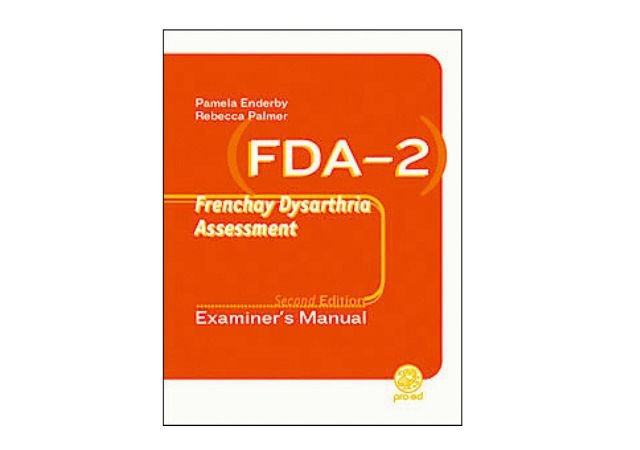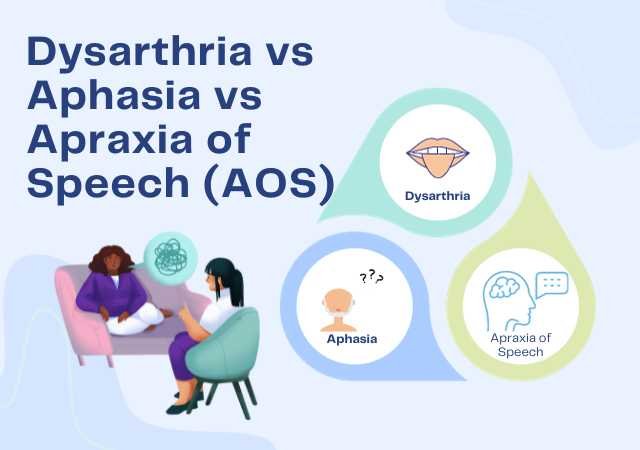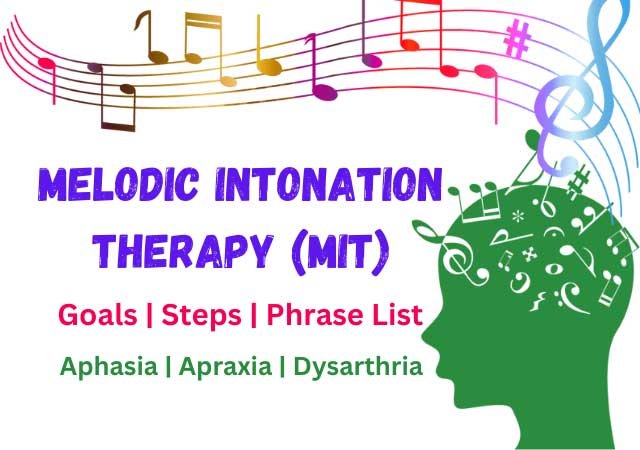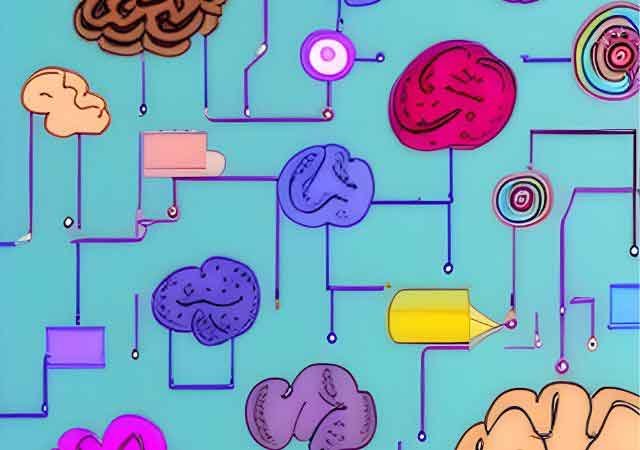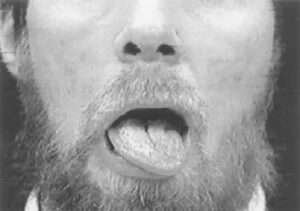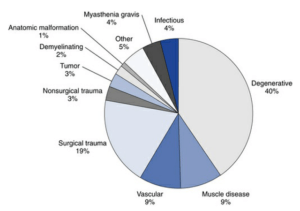
by BASLPCOURSE.COM
Frenchay Dysarthria Assessment 2 (FDA 2): Scoring | Interpretation: The Frenchay Dysarthria Assessment (FDA) stands as a pivotal advancement in the clinical management of dysarthria, a prevalent acquired speech disorder resulting from neuromuscular disorders. Despite...

by BASLPCOURSE.COM
Dysarthria vs Aphasia vs Apraxia of Speech (AOS): Speech and language disorders, including dysarthria, aphasia, and apraxia of speech (AOS), present intricate challenges in diagnosis due to overlapping symptoms and coexisting conditions. The distinctions among...

by BASLPCOURSE.COM
Melodic Intonation Therapy (MIT): Goal | Steps | Phrases – Melodic Intonation Therapy (MIT) is a specific speech therapy approach created to aid people with non-fluent aphasia and apraxia of speech in regaining speech function. Beginning with short, incredibly...

by BASLPCOURSE.COM
Principles of Motor Learning – Motor Based Treatment Approach: Motor learning is a fascinating part of human behavior that involves the acquisition of skills through practice and experience. Whether it’s learning to ride a bike, play a musical instrument,...

by BASLPCOURSE.COM
Motor Speech Disorders: Definitions and Classification: Motor Speech Disorders can be defined as speech disorders resulting from neurologic impairments affecting the planning, programming, control or execution of speech. Types of Motor Speech Disorders There are two...

by BASLPCOURSE.COM
Flaccid Dysarthrias Causes and Characteristics: Flaccid Dysarthrias are a perceptually distinct group of Motor Speech Disorders (MSDs) caused by injury or disease of one or more cranial or spinal nerves. They reflect problem in the nuclei, axons or neuromuscular... 